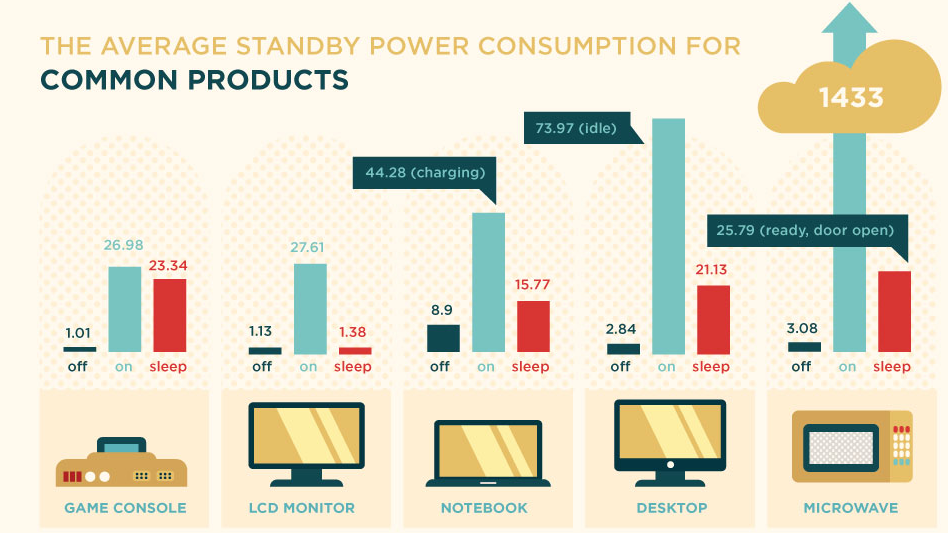MintLife Blog
Post on: 7 Апрель, 2015 No Comment

Once a month, I meet up with some smart people in my neighborhood to drink coffee and try to stave off mental decline by talking about hard financial topics: macroeconomics, taxation, and sometimes even something useful, like investing. It’s like Facebook chat, only you can smell the other participants.
At our last meeting, the topic was active vs. passive investing. Before we could get into that debate, however, we had to define our terms. I was arguing the passive investing side, which meant I had to come up with a definition of passive investing. This proved to be a lot trickier than I thought, and more fun.
I’m not going to get into the passive vs. active debate in this column. I just want to see if I can figure out what we’re talking about before I wade into that debate in the near future.
“What is passive investing?” may seem like an arcane question that nobody but latte-fueled intellectuals should care about. On the contrary, pal: if you’re saving money for the future, deciding whether to take an active or passive approach is among the most important decisions you’ll make.
Who’s active?
Active investing, as I define it, means trying to beat the market over a particular time period using one or both of the following strategies:
Security selection. This is a fancy term for buying the right stocks (or bonds, or funds, or any other asset) and avoiding the wrong ones. It means having the foresight to buy Apple in the pre-iPod days and not to buy Netflix on the day after its IPO.
Market timing. Markets gyrate. If you can correctly predict those gyrations ahead of time, you can make a lot of money—or avoid losing it.
Passive investing means doing neither of those things. It means diversifying as much as possible by buying broad market index funds. It means owning the next Apple, but also the next Groupon. And it means not trying to time the market. That means staying in when stocks take a dive five days—or months, or years—in a row.
Passive investing also means making portfolio decisions based on personal circumstances, not on headlines or research.
Whos passive?
With that definition in mind, let’s cook up a couple of hypothetical investors and see who’s passive and who’s active. (Aren’t these terms a little judgmental, by the way? That’s why MintLife columnist Dan Solin likes to refer to passive investing as “smart investing.”) This is my column, so I get to be the judge and jury. We’ll start out easy.
Alice owns a bunch of individual stocks and bonds and trades them regularly.
Verdict:Active.

Bob owns no individual stocks or bonds, only low-cost ETFs. but he trades them regularly in response to perceived market trends.
Verdict: Active.
Charlie buys mutual funds. holds them, and never trades. However, his mutual funds are actively managed, so the fund manager may be trading stocks within Charlie’s funds.
Verdict: Active.
Donna buys diversified index funds or ETFs, holds them, and never trades.
Verdict: Passive.
Rick Ferri, in his book The Power of Passive Investing. puts these four investors into a handy chart, which I’m going to simplify and reproduce here.














